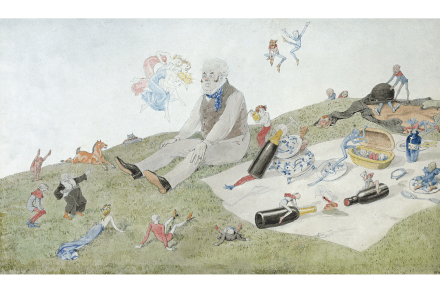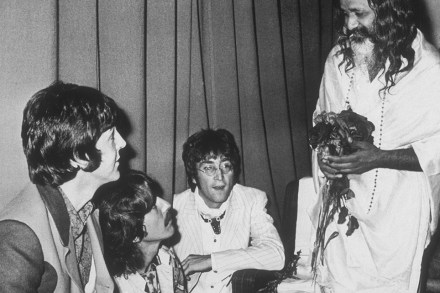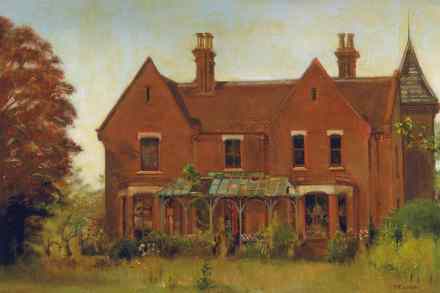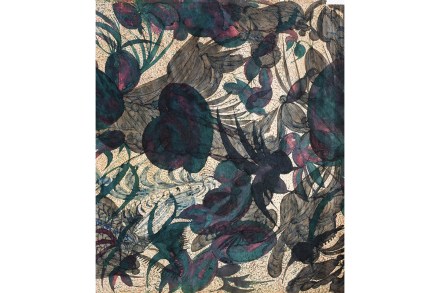Why Sir Arthur Conan Doyle believed in fairies
Sherlock Holmes fans will be delighted to know that there is a new play featuring the great man. In it Holmes, 72, bored silly by retirement and bee-keeping in the Sussex Downs, is back living at his old haunt of 221B Baker Street and reunited with the widowed Watson. The case that lands in Holmes’s lap concerns a reported outbreak of fairies in the Bradford area. Thus we are plunged into the Cottingley saga, a mystery that fascinated the public in the 1920s. The play is by Fiona Maher, a fairy-lore expert, organiser of the Legendary Llangollen Faery Festival (she’s known as Tink) and author of a very well-researched book





